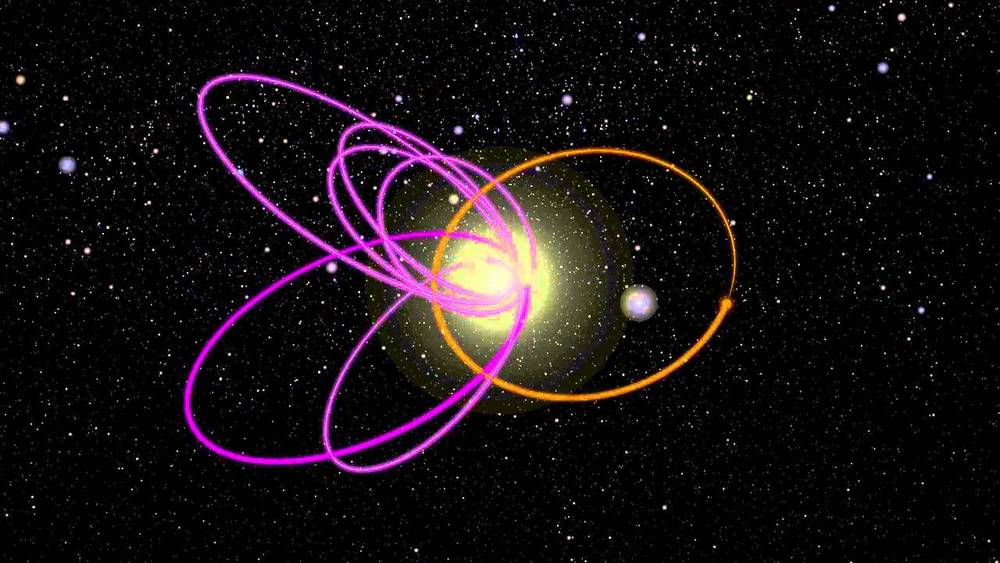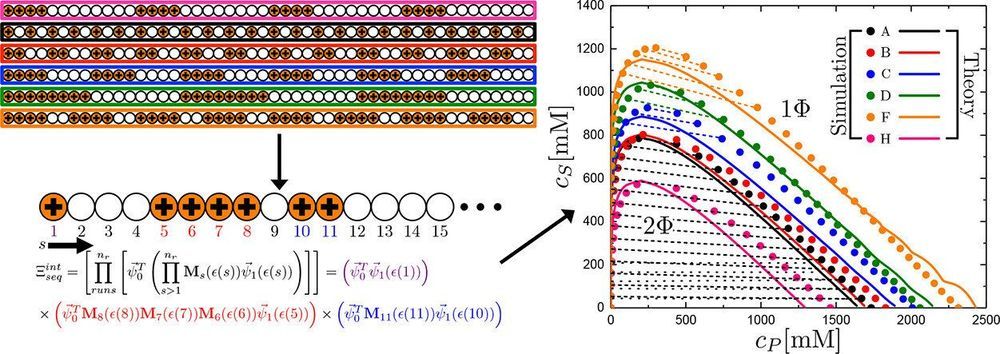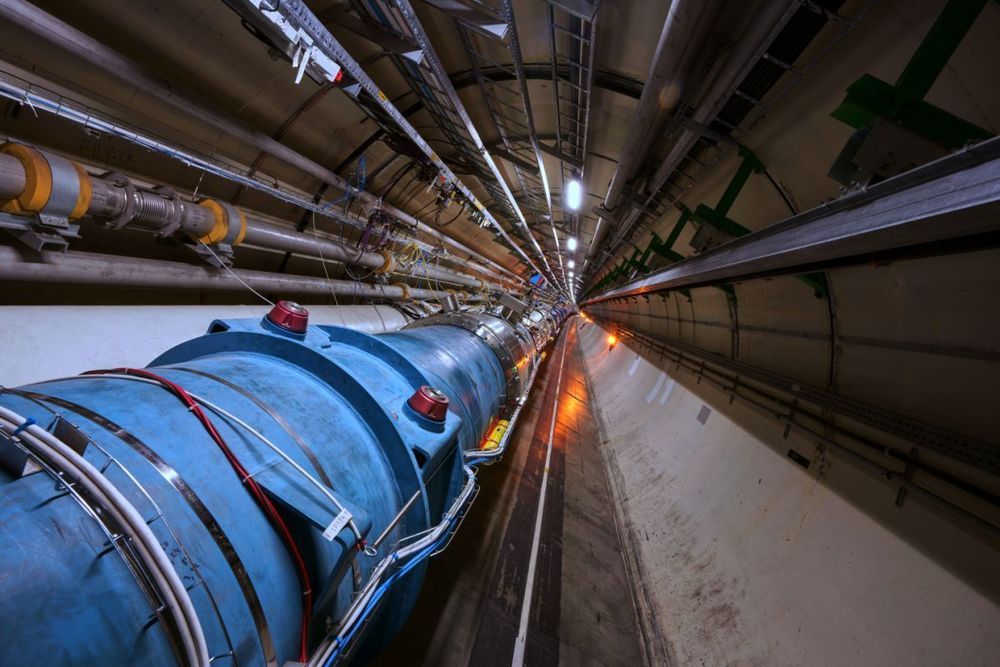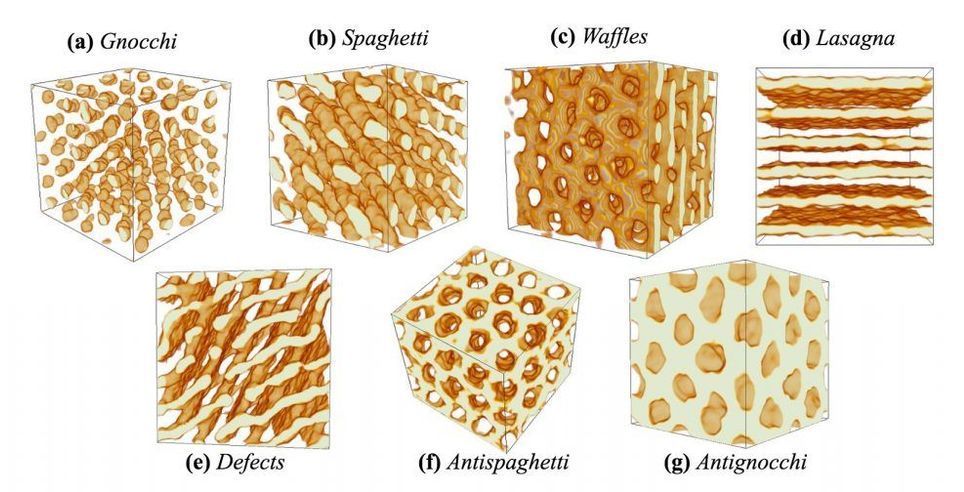Jun 3, 2019
Something’s Hiding in Our Outer Solar System, But It Might Not Be Planet Nine
Posted by John Gallagher in categories: physics, space
Somewhere in the outer reaches of the Solar System, beyond the orbit of Neptune, something wonky is happening. A few objects are orbiting differently from everything else, and we don’t know why.
A popular hypothesis is that an unseen object called Planet Nine could be messing with these orbits; astronomers are avidly searching for this planet. But earlier this year physicists came up with an alternative explanation they think is more plausible.
Continue reading “Something’s Hiding in Our Outer Solar System, But It Might Not Be Planet Nine” »

















